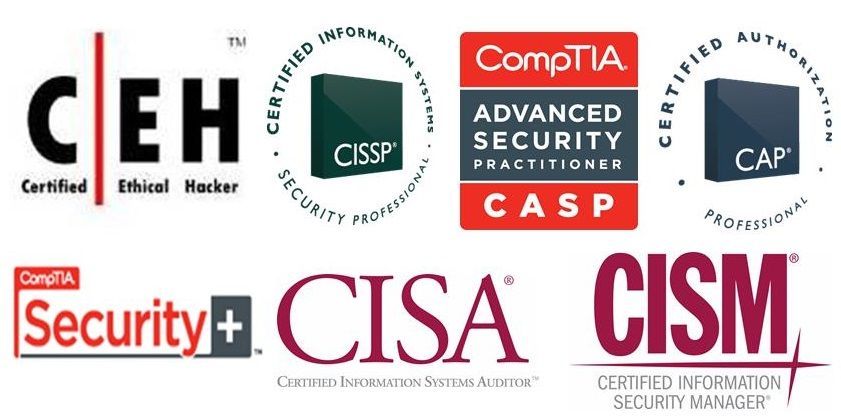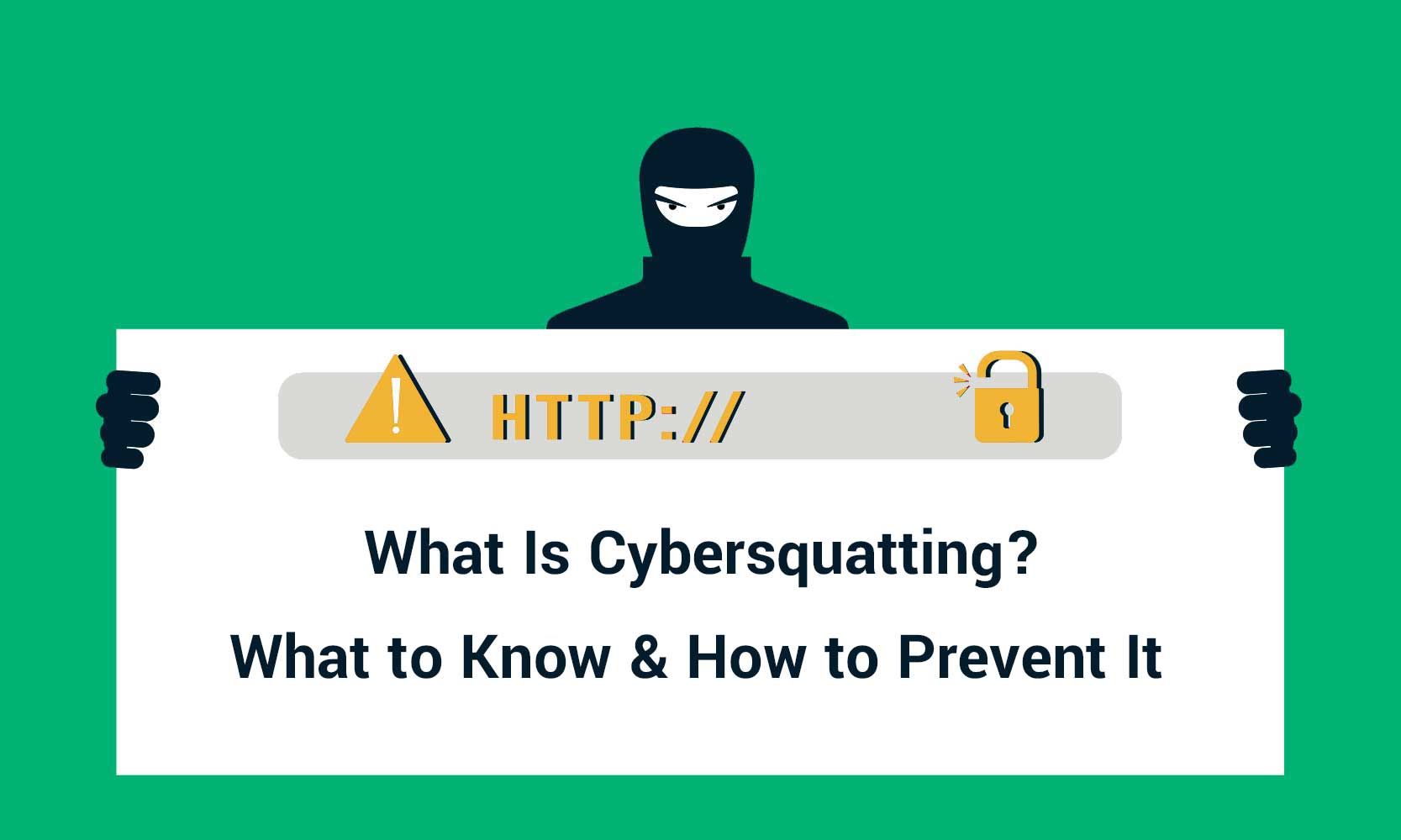Understanding Enterprise Risk Assessment: A Comprehensive Guide
Understanding Enterprise Risk Assessment: A Comprehensive Guide
In today's complex business environment, managing risk is crucial for organizational success. An Enterprise Risk Assessment (ERA) helps organizations identify, evaluate, and prioritize risks to mitigate potential threats and seize opportunities. This blog post explores what an Enterprise Risk Assessment is, its benefits, and key steps to effectively conduct one.
What is Enterprise Risk Assessment?
An Enterprise Risk Assessment is a systematic process used to identify, analyze, and manage risks that could impact an organization's ability to achieve its objectives. It involves evaluating potential threats and vulnerabilities across various areas of the business, from financial and operational risks to strategic and compliance-related risks.
Benefits of Enterprise Risk Assessment
- Improved Decision-Making
By understanding the risks associated with different decisions, organizations can make informed choices that align with their risk tolerance and strategic goals.
- Enhanced Risk Management
ERA helps in identifying and prioritizing risks, allowing organizations to allocate resources effectively and implement appropriate risk mitigation strategies.
- Compliance and Regulatory Adherence
Conducting an ERA ensures that the organization meets regulatory requirements and industry standards, reducing the risk of legal and financial penalties.
- Increased Resilience
By anticipating and preparing for potential risks, organizations can develop contingency plans and improve their ability to respond to unforeseen events.
- Strategic Advantage
Understanding risk exposures can help organizations seize opportunities and gain a competitive edge by making proactive adjustments to their strategies.
Key Steps in Conducting an Enterprise Risk Assessment
- Establish the Context
Define the scope of the assessment, including the organizational objectives, risk appetite, and external and internal factors that may influence risk.
- Identify Risks
Identify potential risks that could impact the organization. This can be achieved through various methods, including brainstorming sessions, expert consultations, and historical data analysis.
- Assess Risks
Evaluate the likelihood and potential impact of each identified risk. This involves analyzing how these risks could affect the organization’s operations, financial performance, and reputation.
- Prioritize Risks
Rank risks based on their severity and likelihood. This helps in focusing resources on the most critical risks that need immediate attention.
- Develop Risk Mitigation Strategies
Create action plans to address high-priority risks. This may involve implementing controls, transferring risk through insurance, or developing contingency plans.
- Monitor and Review
Continuously monitor risk factors and the effectiveness of risk mitigation strategies. Regularly review and update the risk assessment process to adapt to changes in the business environment.
- Communicate and Report
Ensure that risk assessment findings and mitigation strategies are communicated to relevant stakeholders. Reporting helps in maintaining transparency and accountability.
Conclusion
An Enterprise Risk Assessment is a vital process for safeguarding an organization’s assets and ensuring long-term success. By systematically identifying and managing risks, organizations can enhance their decision-making, improve risk management practices, and better navigate uncertainties. Implementing a robust ERA framework enables businesses to be more resilient and strategically aligned in the face of potential threats and opportunities.


